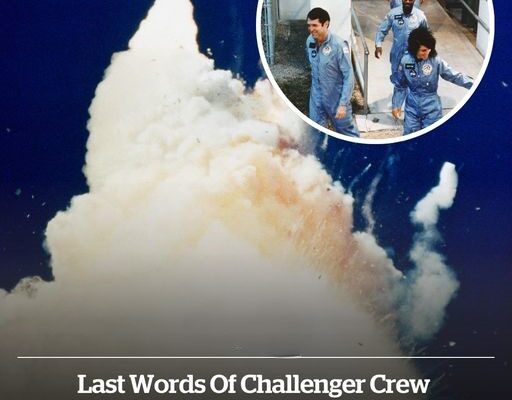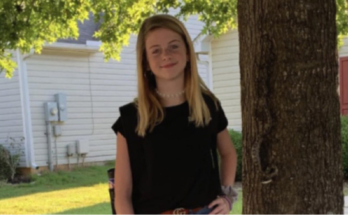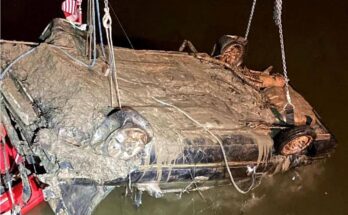Thirty-eight years ago, one of the most devastating moments in space exploration history unfolded before the eyes of millions around the world.
The crew of the Space Shuttle Challenger, seven astronauts with big smiles and even bigger dreams, waved to the crowd as they made their way to the shuttle.
It was a moment filled with excitement and hope, but within just 73 seconds, that excitement would turn into tragedy.
On January 28, 1986, at the Kennedy Space Center, the Challenger crew — consisting of Francis Scobee, Michael Smith, Ronald McNair, Ellison Onizuka, Judith Resnik, Gregory Jarvis, and schoolteacher Christa McAuliffe — prepared to embark on a groundbreaking NASA mission.
McAuliffe had been selected from over 11,000 applicants to the NASA Teacher in Space Project and was set to make history as the first teacher to fly in space. She was also scheduled to teach two lessons from Challenger.
The crew’s goal was to launch two satellites, one of which would monitor Halley’s Comet as it made its closest approach to the sun. But in a tragic twist of fate, they would never reach space.
The crew’s final photo, taken just before liftoff, shows them grinning and waving, completely unaware of the horror that was to come.

As the countdown began, everything seemed normal. The astronauts could be heard laughing and running through routine checks. They were doing what they had trained for, ready to make history.
“Go, you mother,” one astronaut remarked as the engines roared to life. As the shuttle climbed, another commented: “Feel that mother go.”
But just 73 seconds into the flight, disaster struck. The Challenger erupted into a massive fireball 46,000 feet above the Atlantic Ocean, disintegrating before the eyes of horrified spectators and NASA engineers.
The cause? A failure of two rubber O-rings in the shuttle’s Solid Rocket Boosters. The faulty O-rings allowed hot exhaust gas to leak out, igniting the main liquid fuel tank containing a volatile mix of liquid hydrogen and liquid oxygen. The result was catastrophic.
The image of the shuttle exploding mid-air is forever burned into the memories of those who watched it live. There was no hope of survival for the crew. As the remains of the shuttle plummeted into the ocean, the world mourned the loss of these brave astronauts.
What makes this tragedy even more heart-wrenching is that it was avoidable.

Roger Boisjoly, a mechanic who worked for NASA contractor Morton Thiokol, had raised the alarm about the very O-rings that would lead to the Challenger’s destruction, per The Salt Lake Tribune. In fact, six months before the launch, Boisjoly warned his company’s vice president of the “seriousness of the current O-ring erosion problem,” explaining that if it wasn’t fixed, it could lead to “a catastrophe of the highest order – the loss of human life.”
Despite his repeated warnings, including one the night before the launch, NASA and Morton Thiokol management pushed ahead. Boisjoly’s fears were dismissed, and the crew of the Challenger paid the ultimate price.
A lawsuit would later find Morton Thiokol largely responsible for the failure, per The Washington Post, but the damage was already done.
That final photo of the crew, smiling and full of hope, serves as a heartbreaking reminder of what was lost that day. Seven lives, filled with potential, taken far too soon.




